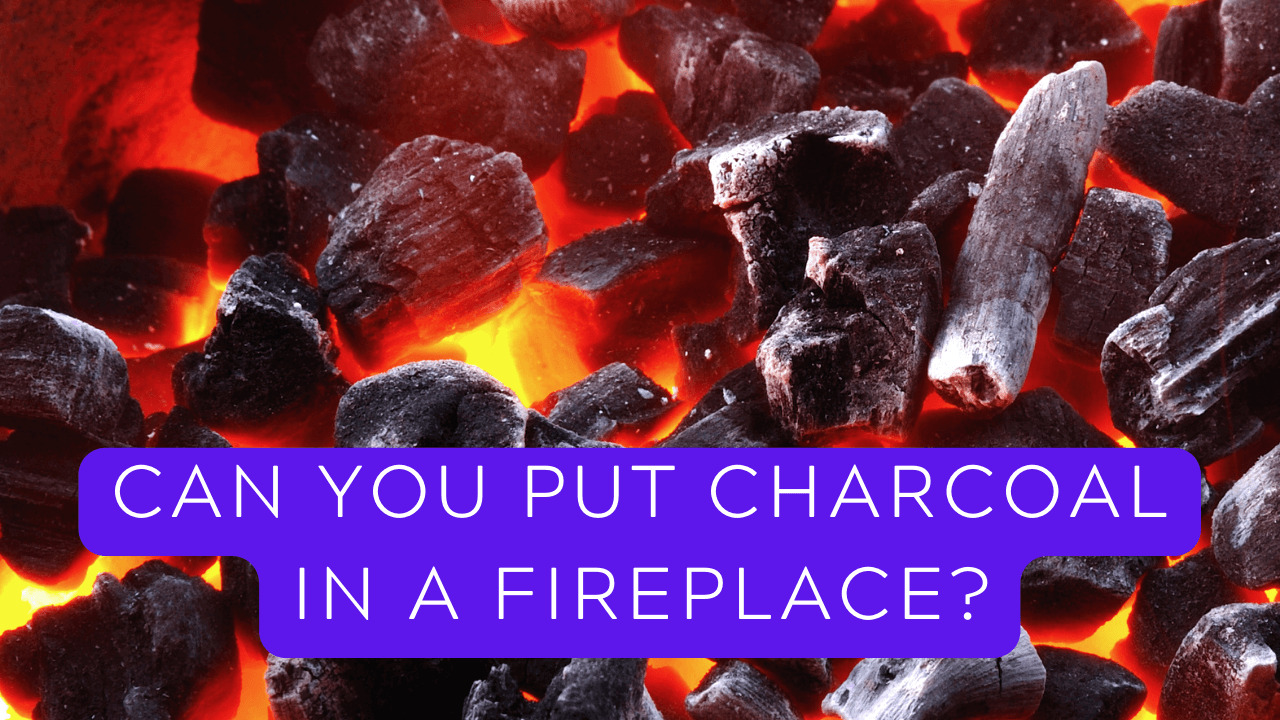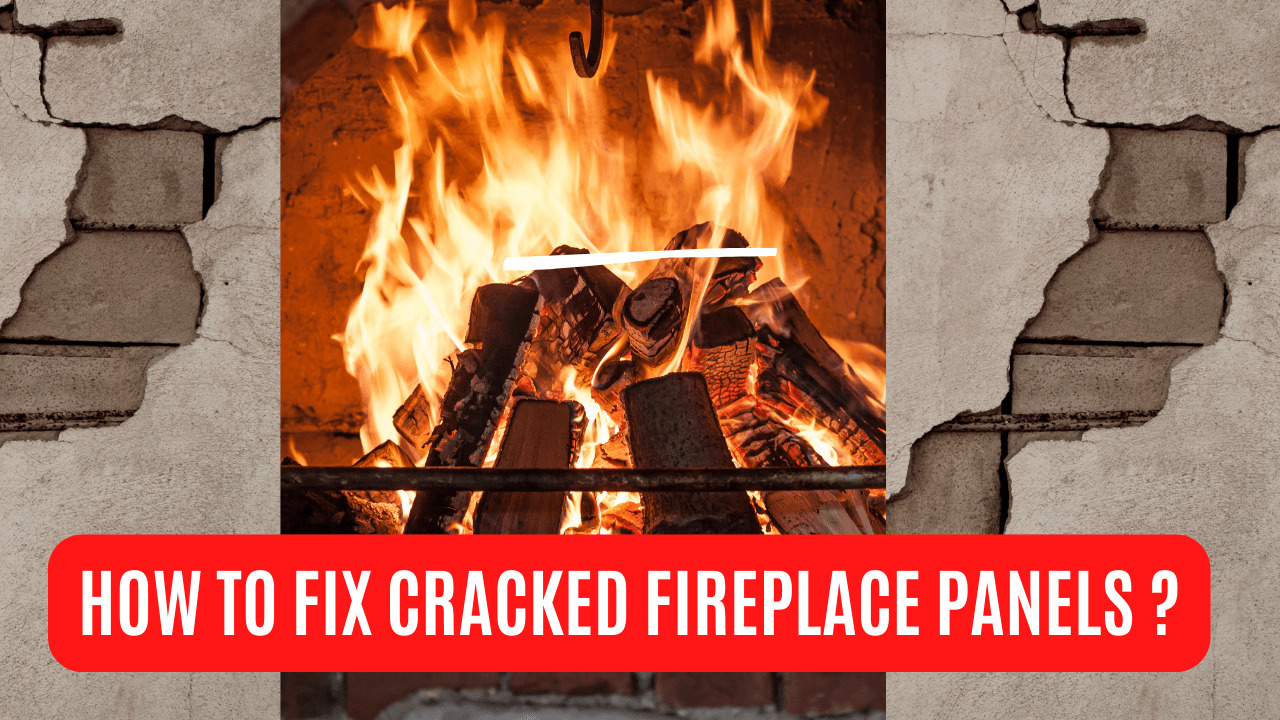In your fireplace, never use charcoal or coal. These materials burn significantly hotter than wood, and they may exceed the temperature range that your fireplace or chimney is designed to withstand. Carbon monoxide is a colorless, odorless gas that can kill you, and they produce a lot more than wood.
Carbon monoxide poisoning is a form of poisoning produced by carbon monoxide in the environment. Charcoal briquettes produce carbon monoxide.
Although charcoal items are excellent for a barbecue or grill, they should not be used in a fireplace. Carbon monoxide is produced when charcoal is burned. In a wood fire pit, wood and coal can be used interchangeably.
The only thing you must remember is to extinguish the previous fire before starting a new one. The benefit of having coal as an alternative is that it is far less expensive than wood and requires far less labor.
Alternatively, consider using a safer and more environmentally friendly option like a bioethanol fireplace.
Table of Contents
Why Don’t You Put The Charcoal In A Fireplace?
It’s far more difficult to keep a Wood Burner going all night because wood burns faster than coal. Allow enough oxygen to enter the stove until the smoke has dissipated and the temperature has reached the required level.
Charcoal may be used if your wood stove is correctly constructed; however, keep in mind that it will burn twice as hot as wood, and far too much airflow may cause some inner metal elements to burn.
Interior charcoal grilling is not forbidden, but it should be done with caution. If charcoal is burned indoors, it produces a lot of carbon monoxide, which can build up and cause carbon monoxide poisoning. Even though coal burns hotter than wood, it takes a long time to warm up.
What Are The Safest Options To Burn In A Fireplace?
Wood that has been treated or painted. Unseasoned wood is wood that has not entirely dried out. Wrapping paper, Christmas trees, and pizza boxes are ideal considerations to burn in a fireplace.
As a result, it is safe to burn plywood in a fireplace. Plywood, particleboard, or chipboard are all good options. When manufactured wood items are burned, they emit hazardous gases and carcinogens. No domestic plastic, such as bubble wrap or a plastic cup, should be burned in a fireplace.
Charcoal for cooking indoors is not prohibited, but it must be done with caution. When charcoal burns, it produces a lot of carbon monoxide, which can build up and cause carbon monoxide poisoning if used indoors.
Indoors, you can use charcoal safely, but you’ll need a way to contain both the heat and the smoke that comes from burning the charcoal. You can use it to heat your home and, of course, to cook food.
Recyclable Cardboard
Because little recyclables catch fire rapidly, they frequently ignite a roaring fire. However, avoid using cardboard the next time you start a fire because it has been treated with chemicals. Instead, use certified fire starters from camping supply stores or small splinters of wood chopped from your stock of seasoned firewood with an axe.
Scrap Papers And Magazines
Chemical pigments in the inks used to make graphic magazine layouts generate poisonous gases when burned. You can use a couple of sheets of plain, black-and-white newspaper-wrapped tightly and placed beneath small bits of wood kindling to help your fire get started, but don’t throw magazines, gift wrap, or coupon inserts into the fireplace.
Not only do these items emit unpleasant smells, but chunks of burning paper can float up and out of an open chimney, posing a fire hazard to your roof and neighboring structures.
Firewood
The easiest approach to ensure that your firewood is always ready for use in the fireplace is to dry it. Dry wood is simpler to light than damp wood, for starters. Even more critically, wet firewood produces smoke and contributes to rapid creosote accumulation in the chimney lining due to the moisture.
Creosote build-up is one of the primary causes of chimney fires. While you won’t avoid creosote build-up, you can lessen the danger by burning only dry firewood and getting your chimney cleaned once a year.
Repurpose Wood Pallets
It’s a terrific idea to repurpose wood pallets in some ways. Just don’t burn them. Even though many pallets have been treated with the chemical pesticide methyl bromide to prevent the spread of the emerald ash borer, a bug that wreaks havoc on living ash trees, they are popular materials for resourceful DIYers and artisans.
Never burn a pallet with the mark, which indicates that it has been chemically treated. Even if there isn’t a stamp on the pallet, it’s usually best to avoid burning it.
Dried Leaves And Trash
Many people do it: they throw an empty plastic cup or a dirty paper plate into an open fire. Stop now if you’ve fallen into the trap: When chemicals are burned in most consumer products, they emit toxic vapors.
Plastic, which emits a class of poisons known as dioxins, is found in some of the most dangerous garbage objects. Inhaling dioxins puts you at risk for respiratory problems and possibly cancer.
It may appear like starting a fire at home with a base of dried leaves is a good idea, but it is not. To begin with, leaves burn swiftly and intensely. Because this rapid and dramatic change in temperature can damage chimney flues and masonry, it’s recommended to use a chimney starter to start your fireplace instead.
Conclusion
Here’s a quick guide to what you should burn now that you know what not to burn: Only use seasoned firewood in your fireplace and wood stove. First and foremost, you must ensure that leaving your stove on overnight is safe and does not provide a fire hazard.
Because wood burns faster than coal, it’s far more difficult to keep a Wood Burner going all night. Allow sufficient air to enter the stove until the smoke has stopped and the fire has reached the desired temperature.
Here’s a quick guide to what you should burn now that you know what not to burn: Only use seasoned firewood in your fireplace and wood stove.





